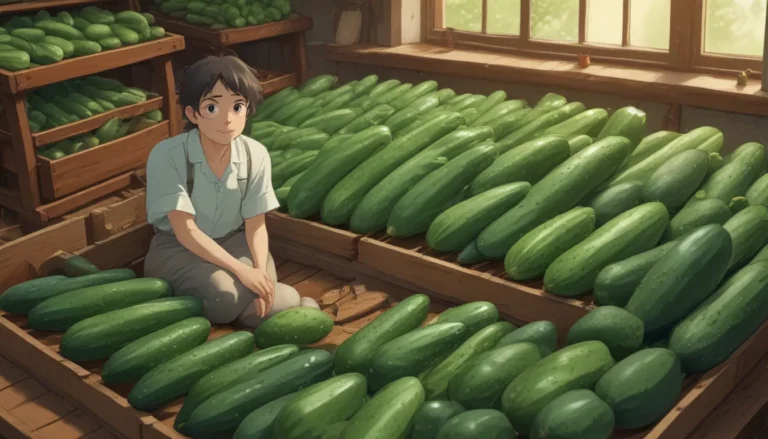A Complete Guide to Understanding and Preventing Crown Gall on Apple Trees

Are you noticing strange growths on your apple tree? If so, your tree may be suffering from crown gall, a serious disease caused by the bacteria Rhizobium rhizogenes. In this article, we will explore everything you need to know about identifying, preventing, and treating crown gall on your apple trees.
What You Will Learn
In this comprehensive guide, we will cover the following topics:
- How to Tell if Your Tree Has Crown Gall
- Effects of an Infection
- How Plants Get Infected and What To Do About It
- What To Do If Your Tree is Badly Infected
- How to Prevent Crown Gall
How to Tell if Your Tree Has Crown Gall
Crown gall appears as warty growths on the tree, which can range in size from pea-sized to several inches, and sometimes up to a foot in diameter. These growths can be found at or just below the soil line, as well as on the upper stems. It is essential to note that crown gall growths are caused by the production of hormones, which can travel through the plant, leading to growths appearing some distance from the actual infection site.
While crown gall growths may resemble other types of growths caused by pests such as woolly apple aphids or burrs, the key distinguishing feature of crown gall is its tumor-like appearance. These growths start light in color but darken over time.
Effects of an Infection
Crown gall interferes with the flow of nutrients and water up the tree’s stem, leading to stunted growth and overall decline in tree health. In severe cases, these growths can girdle the stem or trunk, ultimately killing the tree.
How Plants Get Infected and What To Do About It
The bacteria responsible for crown gall are common in soil and can enter plants through various types of wounds, including pruning wounds, freeze damage, and insect injuries. To combat crown gall infections, there are some treatment options available. For instance, you can use paint containing antibiotics on affected stems, or apply compounds like Gallex to reduce the growth of the galls.
What To Do If Your Tree is Badly Infected
If your tree is severely affected by crown gall, the best course of action is to remove the tree and burn the stump and roots. Avoid replanting another fruit tree in the same area for at least three years. Growing grasses on the land during this period can help cleanse the soil.
How to Prevent Crown Gall
Prevention is key when it comes to crown gall. Here are some tips to help you avoid this disease:
- Purchase certified disease-free rootstock from reputable nurseries.
- Avoid damaging the roots or crowns of the tree during planting.
- Control insects and nematodes that feed on roots to prevent injuries that could lead to infections.
- Ensure your plants are well-watered and fertilized to promote healthy growth.
- Some growers recommend using strains of Rhizobium radiobacter to outcompete the bacteria causing crown gall, but effectiveness may vary.
A Common Worldwide Problem
Crown gall is a prevalent disease affecting fruit trees worldwide. Various fruit tree species, including apples, peaches, pears, and plums, are susceptible to this infection. It is crucial to take preventive measures to minimize the risk of crown gall and be prepared to remove infected trees if necessary.
Have you experienced crown gall in your orchard? Share your experiences in the comments below!
For more information on apple diseases, be sure to explore our comprehensive guide covering topics such as Bot Rot, Powdery Mildew, and Cedar Apple Rust.
This detailed guide provides valuable insights into identifying, preventing, and managing crown gall on your apple trees. By following these tips, you can protect your orchard from this destructive disease and ensure healthy tree growth. Remember to prioritize preventive measures to safeguard your fruit trees from crown gall and other potential infections.





